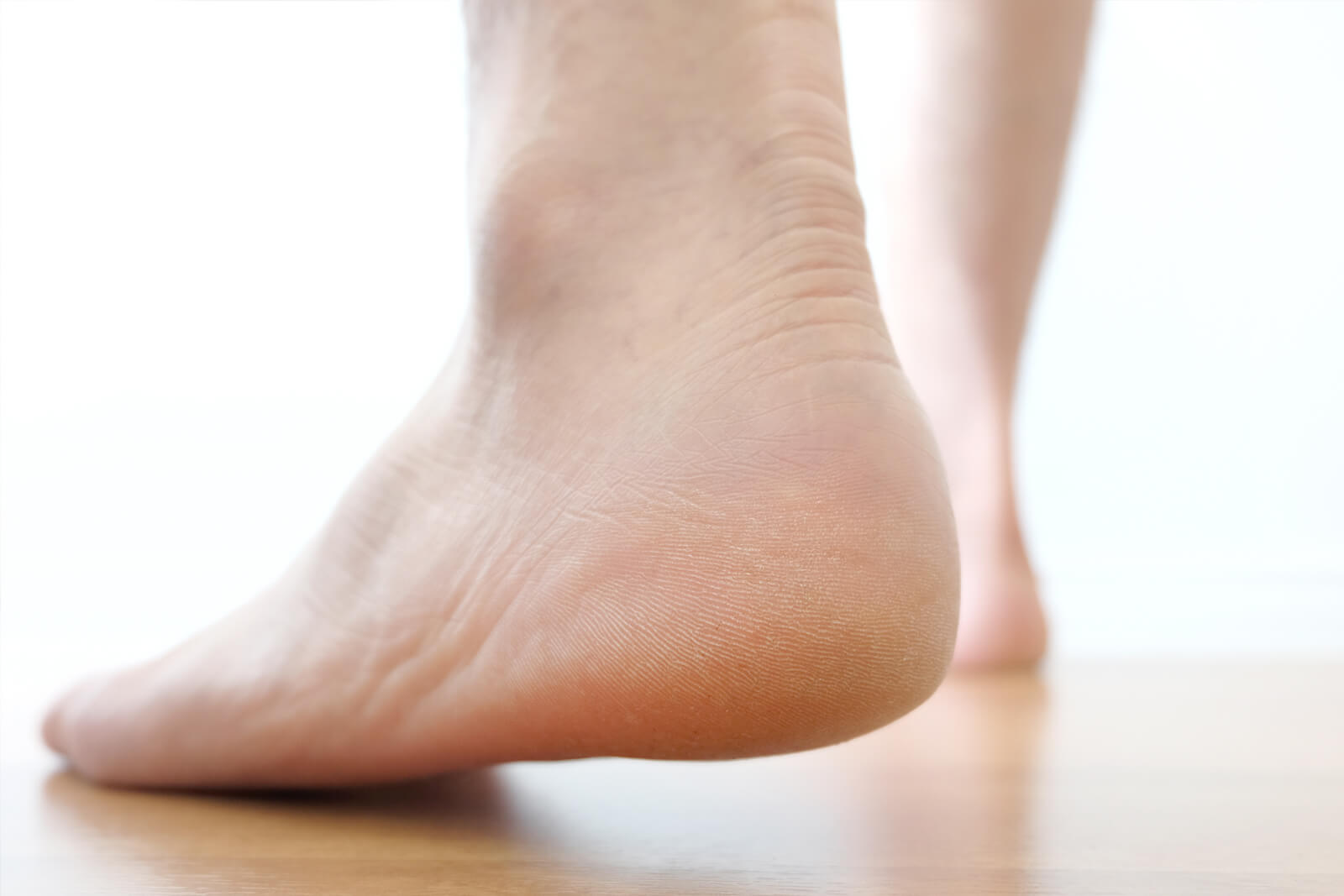If you find yourself with unhappy feet, plantar fasciitis might be the reason for the tenderness and pain.
Plantar fasciitis (pronounced PLAN-tur fashee-I-tiss) is the name for one of the most common causes of sharp, stabbing feeling near your heel.

When suffering from plantar fasciitis, people often feel the most discomfort after they wake up. The pain typically decreases as you start moving around in the morning—although it sometimes returns if you spend a considerable amount of time standing around or after you sit for a spell. For some, the condition also flares up right after exercise, too.
Read on to learn the best treatments for plantar fasciitis, how long the chronic condition usually takes to go away, what causes this type of heel pain, and more.
What causes plantar fasciitis?
The intense pain from plantar fasciitis is caused when too much pressure tears or strains the ligament extends from your toes to your heel bone, connecting them. This thick band of fibrous, tendon-like tissue in your foot is called the plantar fascia.
Learn more about the signs of plantar fasciitis
It’s your plantar fascia’s job to support your foot and help your body absorb the impact from everyday use. When your plantar fascia is damaged or overstretched, it becomes inflamed, causing pain that might last several months or even a year before you heal and feel back to normal.
Plantar fasciitis often afflicts runners, people with flat feet, those who are overweight, individuals who have high arches, people over age 30, and folks who spend a lot of time on their feet.
Treating plantar fasciitis
Most people with plantar fasciitis can heal their heels with rest and special exercises specifically designed to treat plantar fasciitis.
See your provider and make a plan to give your body the time it needs to heal itself. It’s critical to stay off your feet as much as possible to lessen your plantar fascia’s inflammation.
Other popular and effective home-treatments include icing your heel three or four each day for about 15 minutes at a time, taking nonsteroidal anti-inflammatory drugs (NSAIDs), as well as stretches and other exercises that help stabilize and make your foot muscles stronger.
Discover the two steps for exercising the right way
Diagnosing plantar fasciitis
If you think you might have plantar fasciitis, make an appointment to discuss your symptoms with your podiatrist or orthopedic provider, and prepare to describe what activities cause you to feel pain.
Put your best foot forward
Logansport Memorial Hospital’s close-to-home, full-service podiatrist Dr. Scott Marsh can help. Take a first step toward recovery and make a podiatry appointment with our experienced foot care specialist to find out what is wrong with your heel and get a customized pain management treatment plan.
“When your feet hurt, you hurt. I will take the time to listen to your problem and do what I can to help. ”—Scott Marsh, DPM, FACFAS
To make an appointment with podiatrist Dr. Marsh, please call the Foot & Ankle Center at (574) 753-FEET (3338).



